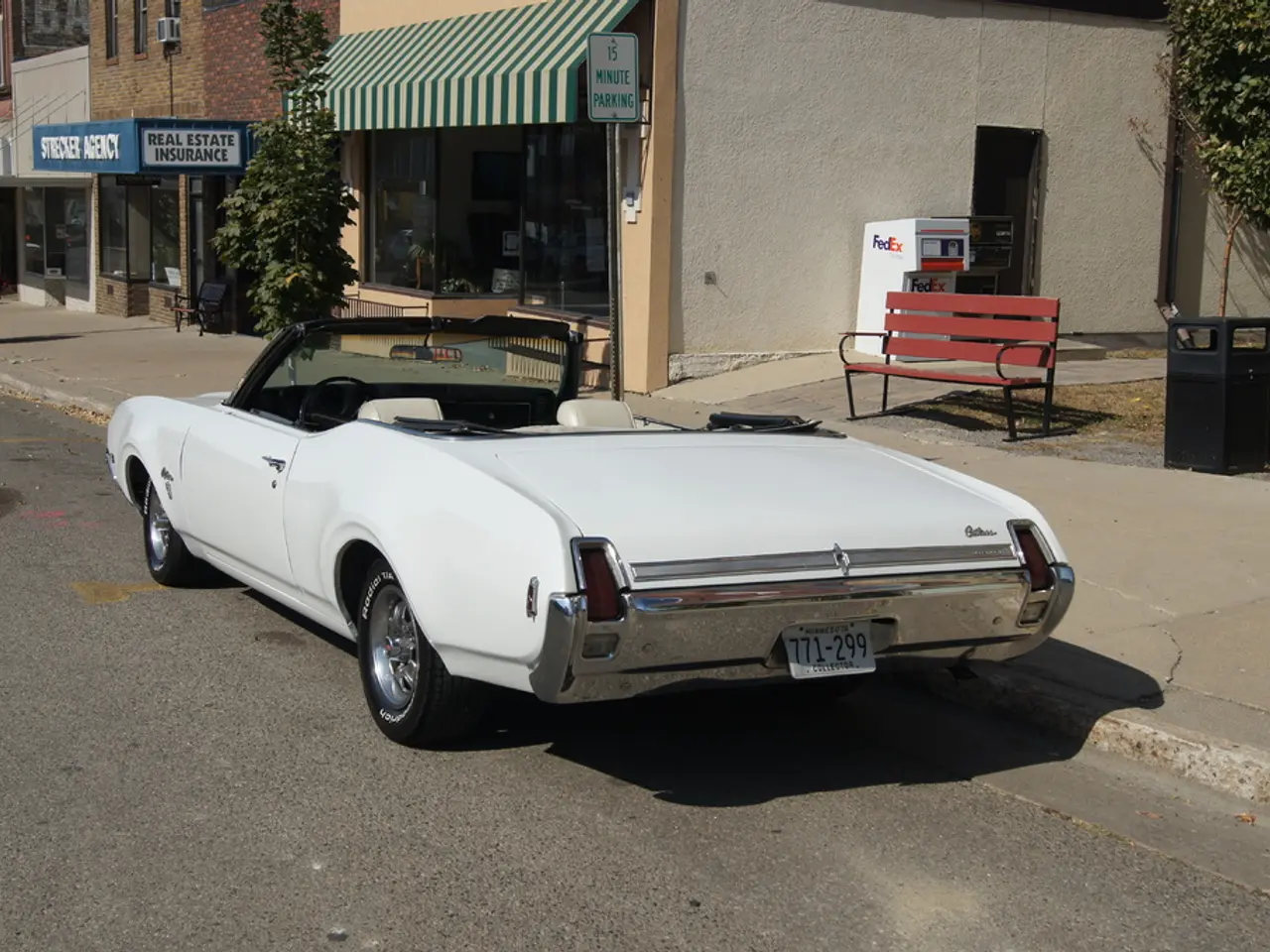Nuclear Missile Tested by India: Weapon Undermines Iron Dome, S-400, and Patriot Systems; Potential Instant Shift in Asia's Military Equilibrium
**India Unveils Extended Trajectory Long Duration Hypersonic Cruise Missile (ET-LDHCM): A Game Changer in Military Arsenal**
India has taken a significant stride in military technology with the development of the Extended Trajectory Long Duration Hypersonic Cruise Missile (ET-LDHCM). This cutting-edge weapon, showcasing advanced features, is set to enhance India's strategic deterrence and operational flexibility on the global stage.
The ET-LDHCM boasts a remarkable range of 1,500 km, potentially extendable to 2,500 km in certain configurations, and can reach speeds of Mach 8, approximately 10,000 to 11,000 km per hour. Its speed and range make it a formidable asset in regional conflicts, offering India a strategic advantage.
Powered by an air-breathing scramjet engine, the ET-LDHCM uses atmospheric oxygen for combustion, enhancing fuel efficiency and sustaining high-speed flight. This engine, tested for 1,000 seconds on the ground in November 2024, withstood temperatures of 2,000°C, demonstrating its robustness and reliability.
The missile's versatility lies in its ability to be launched from land, sea, or air platforms, providing operational versatility across various military scenarios. It can carry both conventional and nuclear warheads, with payloads up to 2,000 kg. Additionally, the ET-LDHCM features in-flight maneuverability, allowing for adjustments during flight, which complicates interception by defensive systems.
The ET-LDHCM's construction incorporates heat-resistant materials capable of withstanding temperatures up to 2,000°C, and its coatings are effective in salty sea conditions, making it a threat from a naval destroyer. The missile's hypersonic frame, guidance systems, and heat-resistant coatings were all designed and built in India, signifying its complete indigenisation.
The ET-LDHCM stands out among hypersonic missiles, particularly in comparison to India's previous supersonic cruise missile, the BrahMos, which has a shorter range and lower speed. Globally, it positions India alongside countries like the US, China, and Russia, which already possess operational hypersonic capabilities. The ET-LDHCM's advanced features, such as its scramjet engine and mid-course maneuverability, make it highly competitive in terms of speed and evasiveness.
Full-scale deployment of the ET-LDHCM could happen by 2030, with hypersonic glide vehicles joining the Indian arsenal by 2027 or 2028. Project Vishnu, an Indian defence project, is expected to deliver a dozen weapon systems, including hypersonic glide vehicles.
With the ET-LDHCM, India has entered a league of nations that can build and fly hypersonic missiles from scratch, sending a clear message that India is no longer just reacting to threats, but preparing for the future.
Leaps in both technology and science are evidenced in the development of India's Extended Trajectory Long Duration Hypersonic Cruise Missile (ET-LDHCM), which not only reaffirms India's advancements in military technology but also underscores its strides in scientific research.
The ET-LDHCM, with its cutting-edge features, underscores India's growing competency in the realms of technology and science, demonstrating its potential to contribute significantly to global progress in these fields.




